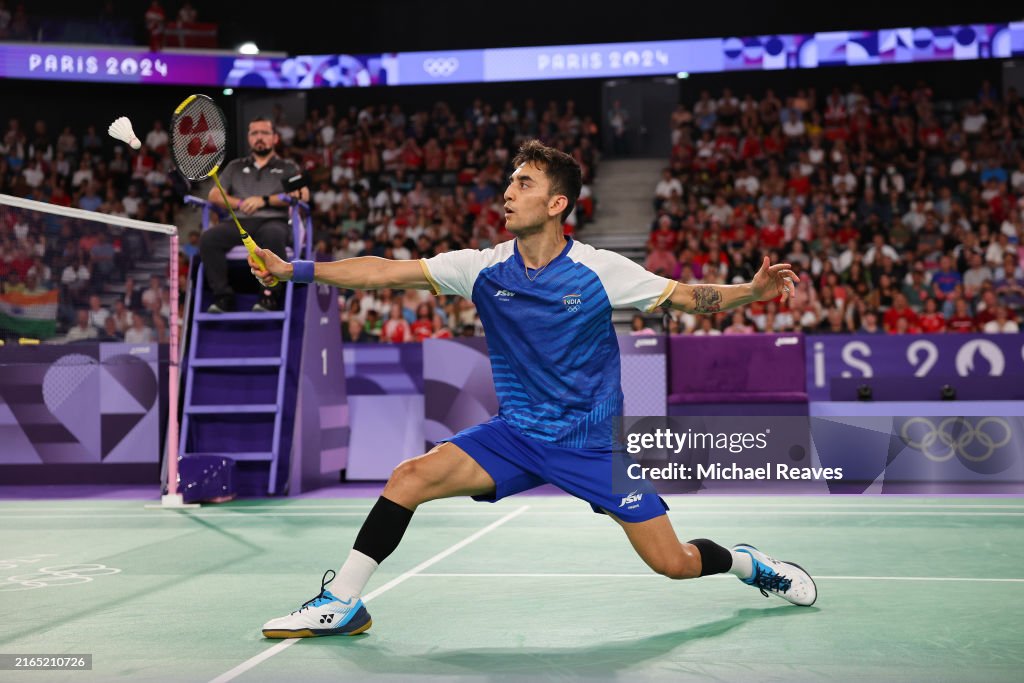In the dynamic world of cricket, the role of team captains goes beyond on-field leadership; it extends to the realm of cricket betting. Captains influence strategies, player performances, and ultimately, the outcome of matches. In this blog post, we will explore the multifaceted impact of cricket captains on betting outcomes and delve into strategies for analyzing their influence.

Captaincy Dynamics: A captain’s leadership style and tactical acumen play a pivotal role in shaping a team’s performance. Understanding the captaincy dynamics involves assessing how a captain motivates the team, adapts to different formats, and strategizes against opponents. Bettors need to consider these factors when evaluating a team’s chances in a match.
Historical Captaincy Records: Delve into the historical records of team captains. Analyze their success rates in different formats, against various opponents, and in specific conditions. Some captains excel in leading their teams in certain situations, such as chasing a target or setting a total. Historical captaincy records provide valuable insights into a captain’s decision-making prowess.
Individual Captaincy Styles: Captains bring their unique styles to the table. Some are aggressive risk-takers, while others adopt a more conservative approach. Bettors should assess how a captain’s style aligns with the team’s strengths and weaknesses. For example, an aggressive captain might be inclined to go for bold decisions, influencing the match dynamics and betting outcomes.
Impact on Player Performances: A captain’s influence extends to individual player performances. Some players thrive under specific captaincy styles, while others may struggle. Analyzing how a captain’s leadership affects key players can provide insights into potential betting opportunities. For instance, a change in captaincy might rejuvenate a player’s form or introduce a new strategy that plays to their strengths.
Strategies for Analyzing Captaincy Impact:
Team Unity and Morale: A captain’s ability to foster team unity and maintain high morale is crucial. Bettors should gauge team dynamics, looking for signs of unity or discord. A cohesive team is more likely to perform well, while internal conflicts or morale issues can negatively impact outcomes.
Tactical Adaptability: Cricket is a game that demands tactical adaptability. Captains who can read the game, adjust strategies on the fly, and make well-timed decisions are assets to their teams. Bettors should assess a captain’s ability to adapt to changing match situations, as this can significantly influence betting outcomes.
Handling Pressure Situations: Captaincy is often defined by how well a leader handles pressure situations. Bettors should analyze a captain’s track record in tight matches, crucial stages of tournaments, or high-stakes encounters. Captains with a history of making astute decisions under pressure can sway betting outcomes in their team’s favor.
Player-Management Skills: The ability to manage a diverse group of players is a hallmark of effective captaincy. Bettors should consider how well a captain handles player egos, nurtures young talents, and brings out the best in the team collectively. A captain’s player-management skills can impact the overall team performance and, subsequently, betting results.
Home and Away Performance Disparities: Some captains excel in leading their teams at home but face challenges away. Analyze the home and away records of teams under different captains. Understanding how a captain’s leadership style aligns with specific conditions or environments can be a valuable factor in betting predictions.
Navigating Captaincy Changes:
Immediate Impact vs. Long-Term Vision: When a team undergoes a captaincy change, bettors must consider the immediate impact and the long-term vision. Immediate changes might inject enthusiasm and energy into the team, leading to short-term success. Long-term vision involves assessing how the new captain’s style aligns with the team’s goals and objectives.
Impact on Betting Odds: Captaincy changes often result in fluctuations in betting odds. Bettors should monitor odds movements, as a change in leadership can alter the perceived strengths and weaknesses of a team. Understanding the market sentiment post-captaincy change is crucial for making timely and informed betting decisions.
Player Reactions and Adaptation: Observing how players react to a captaincy change is essential. Some players may thrive under new leadership, while others may take time to adapt. Bettors should consider how key players respond to the change and whether it has a positive or negative impact on their performances.
Conclusion:
In the intricate world of cricket betting, captains emerge as influential figures who shape the destiny of matches. By analyzing historical records, leadership styles, and the impact on team dynamics, bettors can gain valuable insights into the captain’s role. Strategies for navigating captaincy changes and understanding the nuances of tactical adaptability provide a comprehensive approach to assessing betting outcomes. As the cricketing world evolves, bettors who master the art of captaincy analysis are poised to gain a strategic edge in predicting match results and maximizing their betting success.



